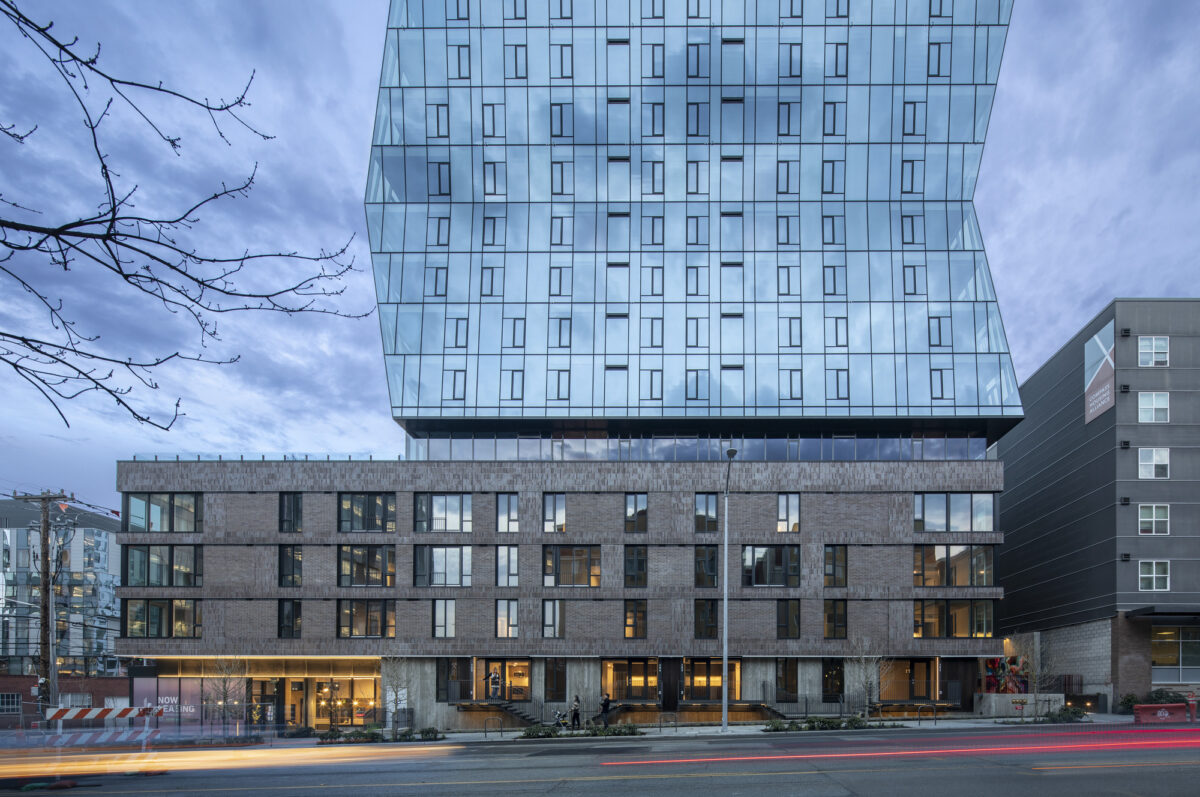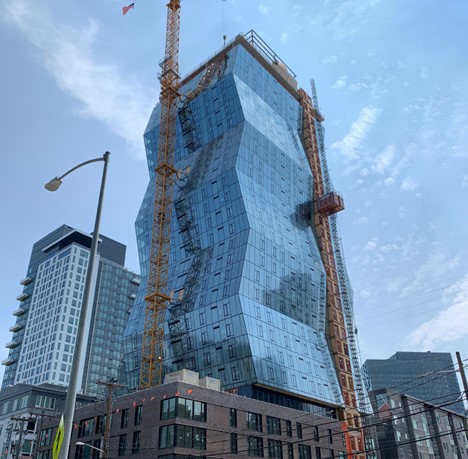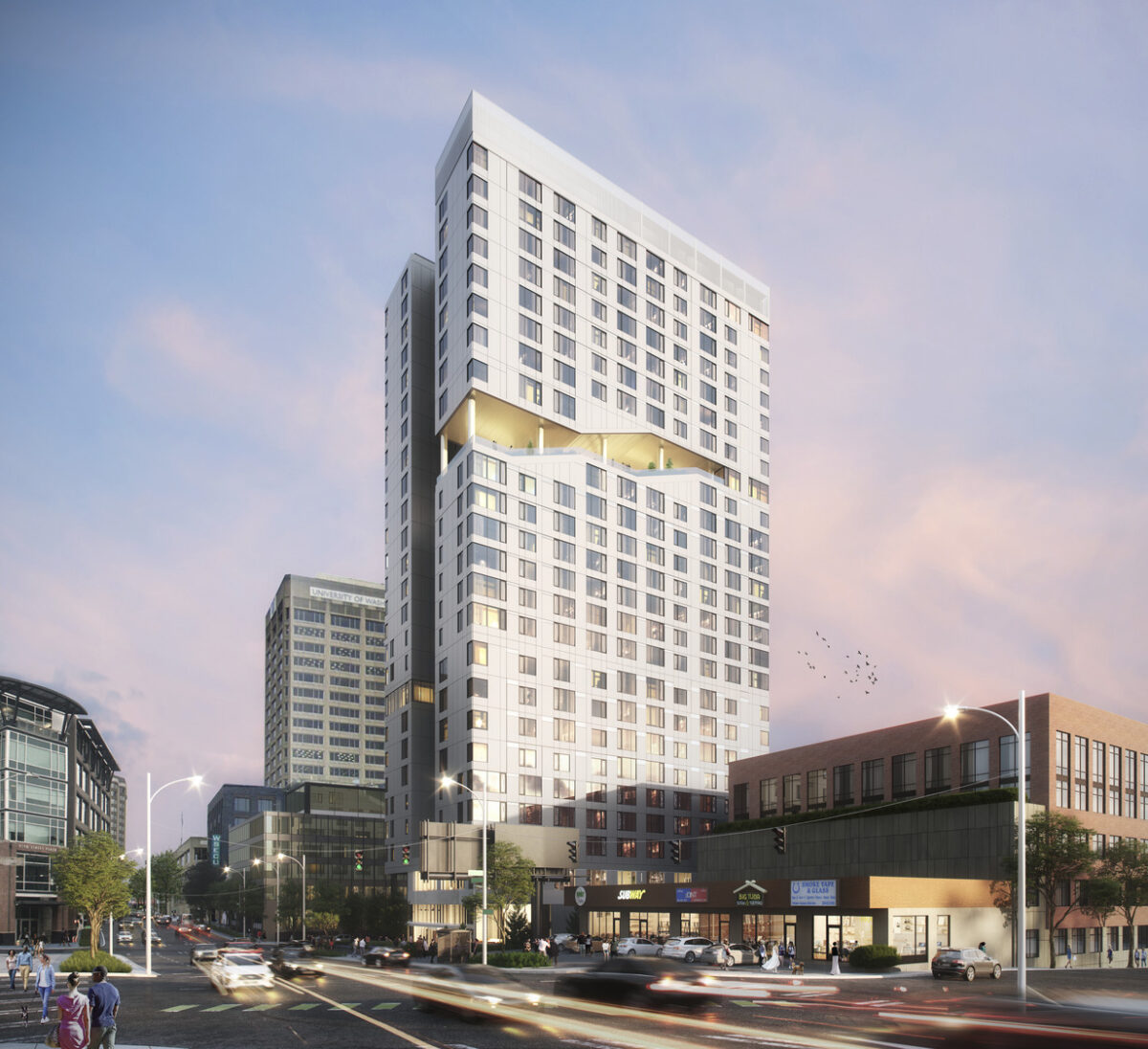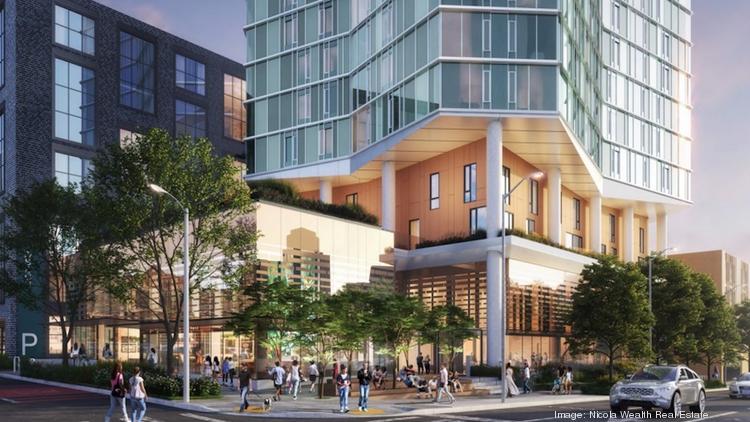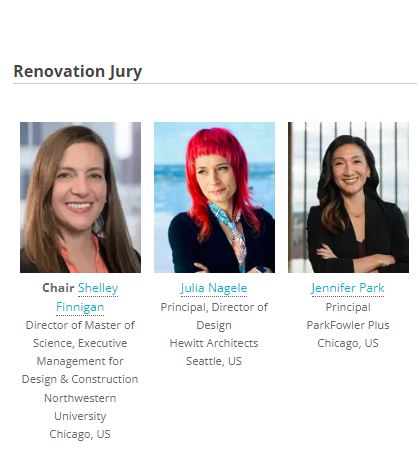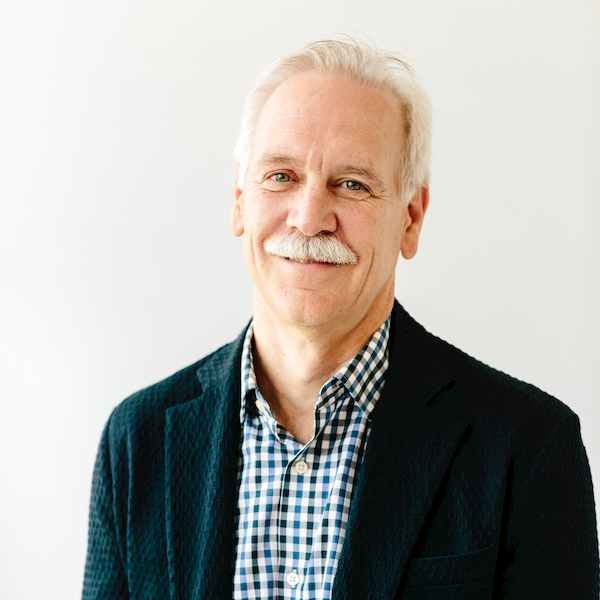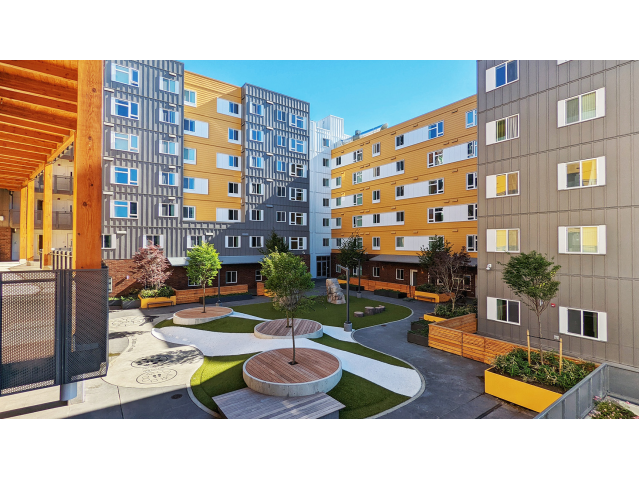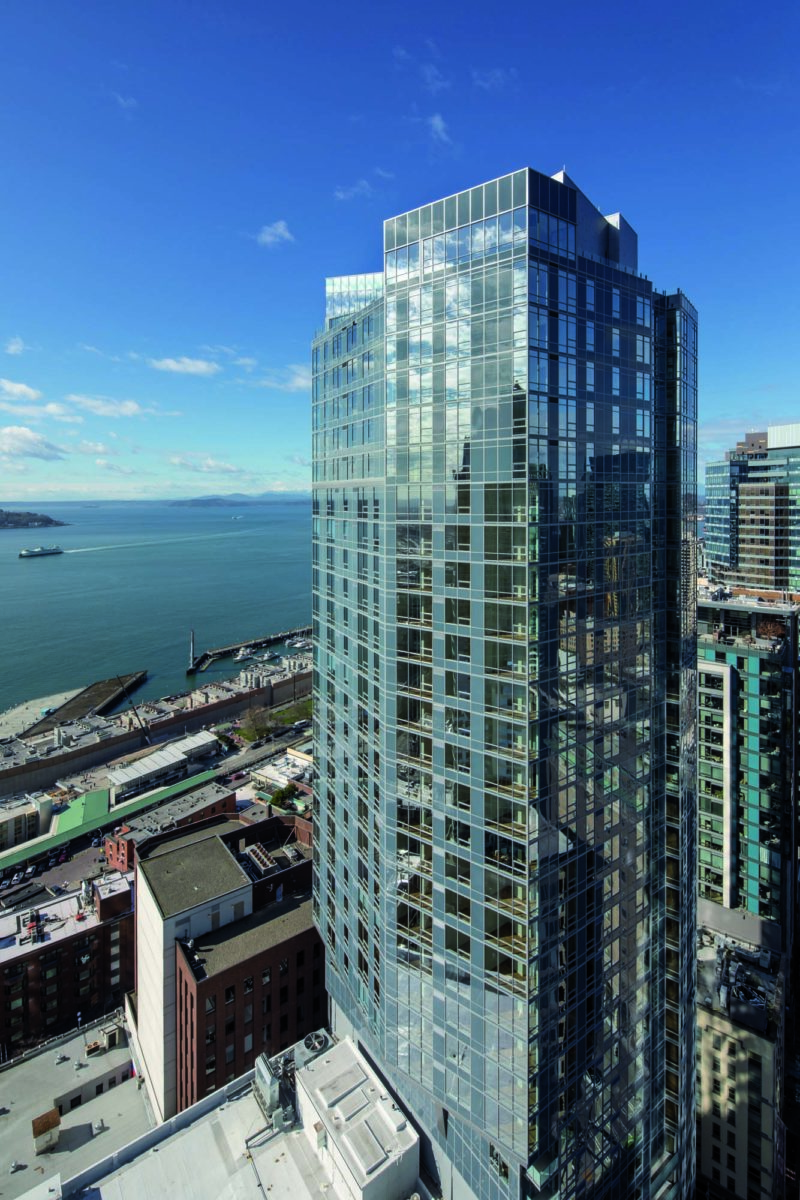ABOUT the project
King County has an intricate web of transportation operations that relies on bus transit to help connect communities to major transit hubs and to each other. A powerful tool in King County Metro’s toolbox is the recent implementation of six bus rapid transit corridors – BRT Lines A-F – that take advantage of transit-only lines to expedite bus operations.
To support King County Metro’s RapidRide initiative, HEWITT designed several prototypical bus shelters with interchangeable alternatives for different stations. Designed for optimal effect across different site conditions, the shelters have common features that help build the RapidRide promise for excellent service, comfort, and ease of use that translates to the entire experience for the commuter—encompassing shelter, waiting areas, signage (including on-street Real Time Signs and smart card readers), and bus exterior and interior details.
Prototype design was based on input from rider focus groups; Metro drivers; the municipalities served by the RapidRide lines; and County facilities staff that assemble and maintain the shelters. Station materials are specified and stocked by King County to minimize costs, installation time and maintenance.

